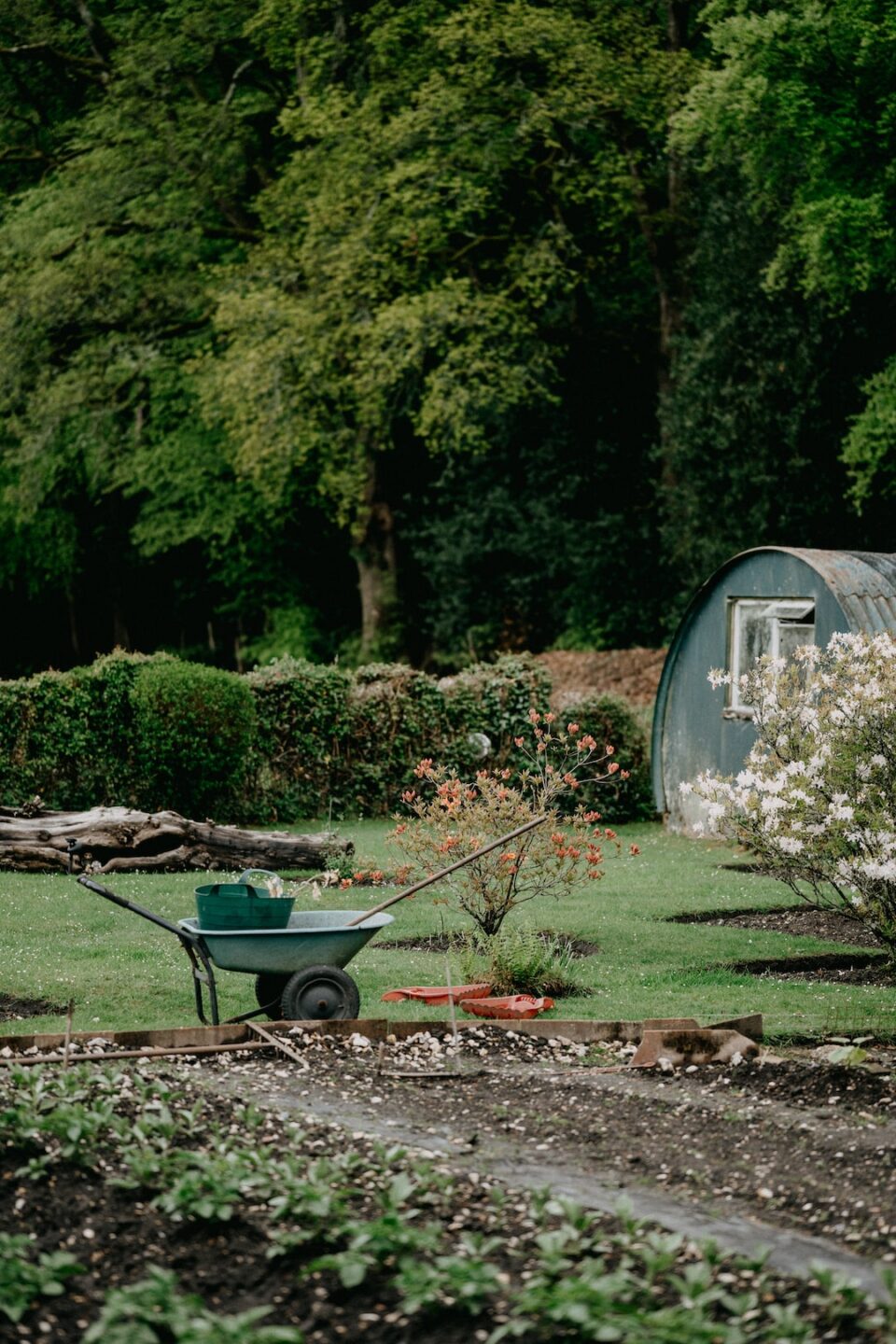Exploring Vertical Gardening Techniques
In today’s fast-paced urban lifestyle, many people don’t have the luxury of large backyards to create traditional gardens. However, that doesn’t mean they have to give up on their dream of nurturing plants and enjoying the beauty of nature. Vertical gardening techniques provide a solution to those with limited space by allowing them to grow plants on walls, balconies, and even indoors. Let’s delve into the world of vertical gardening and explore some popular techniques.
One of the most common methods of vertical gardening is using trellises. Trellises are frames made of wood or metal that support climbing plants. These can be easily installed in gardens or even on a balcony, providing excellent support for vines, including tomatoes, cucumbers, and beans. By training plants to grow vertically, we can make use of vertical space and create a lush green wall.
Another technique gaining popularity in recent years is living walls or green walls. Living walls consist of plants that are grown vertically on structures such as walls or fences. These structures have a built-in irrigation system that provides water and nutrients to the plants. This technique allows the creation of beautiful living tapestries that not only add a touch of greenery to the surroundings but also provide numerous environmental benefits like improving air quality and mitigating urban heat.
For those with limited outdoor space, indoor vertical gardening can be a great option. This technique involves growing plants vertically using various structures such as shelves, racks, or even hanging pots. Indoor vertical gardening not only adds aesthetic appeal to one’s home but also helps in purifying the indoor air and creating a calming and soothing environment.
Another innovative approach is aeroponics. This technique involves growing plants without soil, suspending the plant roots in the air, and misting them with a nutrient-rich solution. With this method, plants can be grown vertically, allowing for maximum space utilization and high crop yields. Aeroponics is highly efficient in water usage and is ideal for growing herbs, leafy greens, and strawberries.
Lastly, a unique method of vertical gardening is utilizing old and recycled materials. This technique encourages creative and eco-friendly gardening practices by repurposing items such as shoe racks, old gutters, or pallets as vertical planters. These materials can be easily transformed into vertical gardens, adding a touch of uniqueness to any space.
Vertical gardening techniques open up a world of possibilities for aspiring gardeners, regardless of space constraints. They provide an opportunity to embrace nature in urban environments and reconnect with our green roots. From trellises to living walls, from indoor gardens to aeroponics, there is a vertical gardening technique to suit everyone’s needs and preferences.
In conclusion, vertical gardening techniques offer creative and practical solutions for individuals with limited space or those looking to bring the charm of nature indoors. Whether you choose to adorn your walls with climbing plants, create a living tapestry, or experiment with aeroponics, exploring vertical gardening techniques allows you to embark on a unique and fulfilling gardening experience. So, let your imagination soar, and may your vertical garden flourish!

